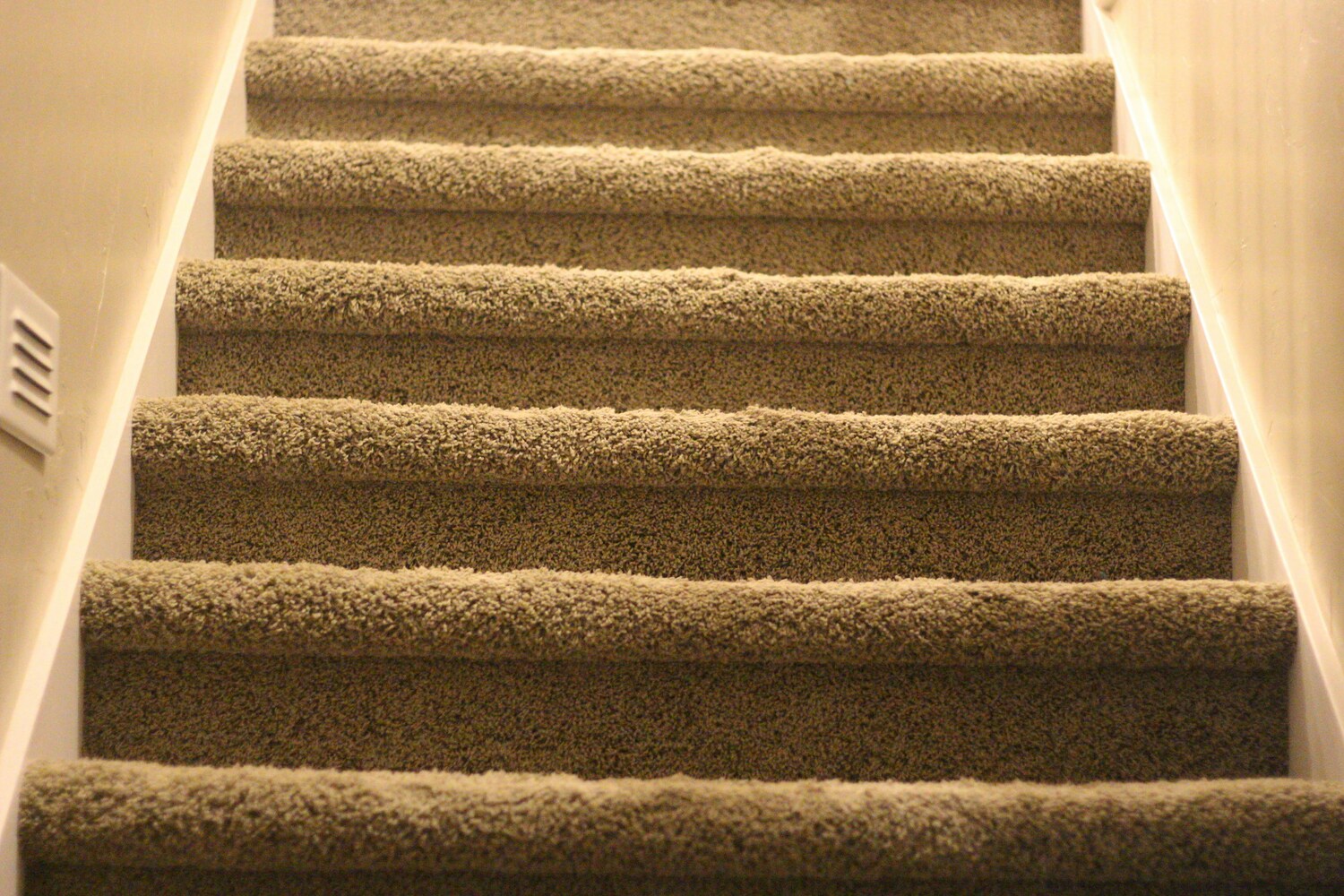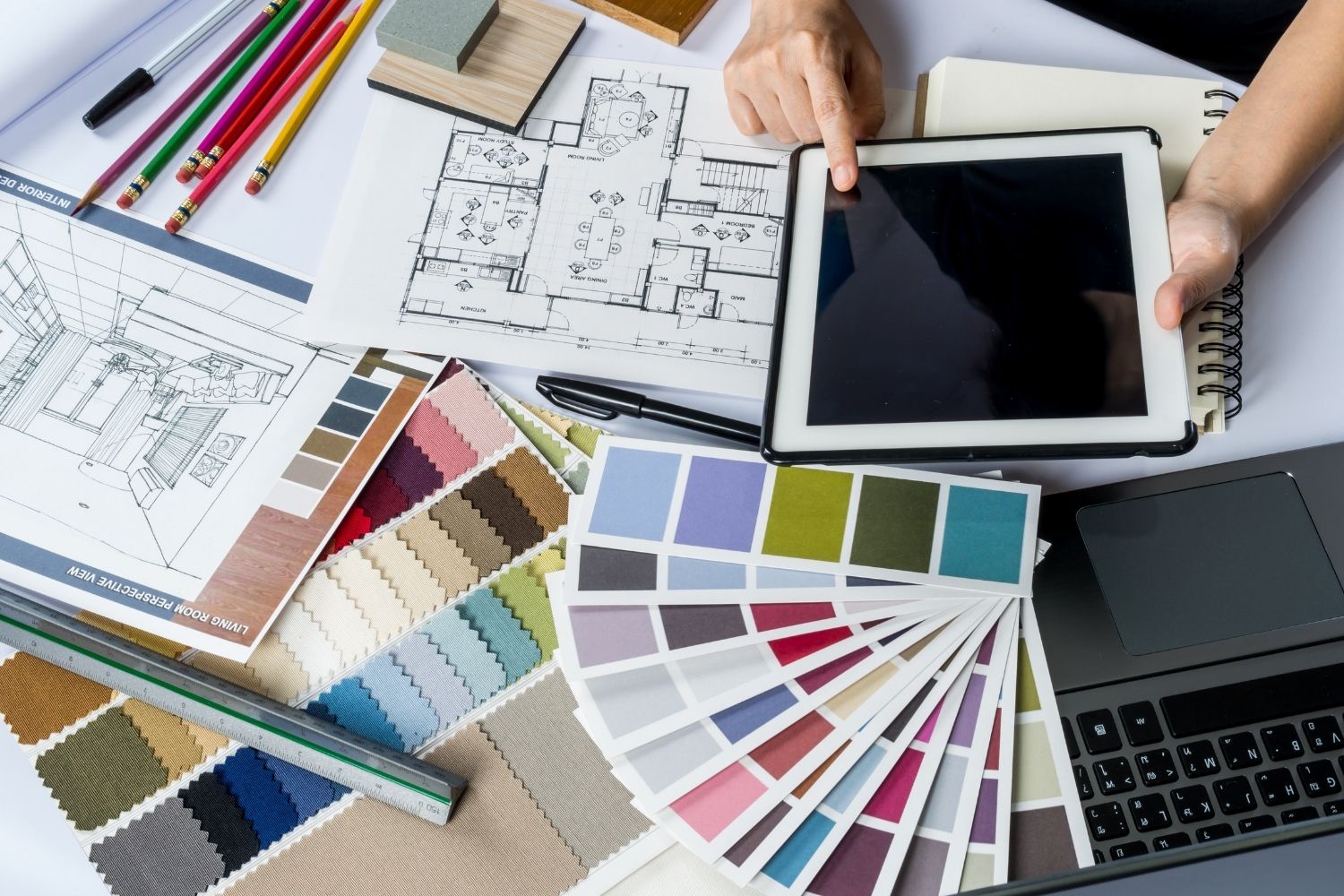- Home
- Articles
- Architectural Portfolio
- Architectral Presentation
- Inspirational Stories
- Architecture News
- Visualization
- BIM Industry
- Facade Design
- Parametric Design
- Career
- Landscape Architecture
- Construction
- Artificial Intelligence
- Sketching
- Design Softwares
- Diagrams
- Writing
- Architectural Tips
- Sustainability
- Courses
- Concept
- Technology
- History & Heritage
- Future of Architecture
- Guides & How-To
- Art & Culture
- Projects
- Interior Design
- Competitions
- Jobs
- Store
- Tools
- More
- Home
- Articles
- Architectural Portfolio
- Architectral Presentation
- Inspirational Stories
- Architecture News
- Visualization
- BIM Industry
- Facade Design
- Parametric Design
- Career
- Landscape Architecture
- Construction
- Artificial Intelligence
- Sketching
- Design Softwares
- Diagrams
- Writing
- Architectural Tips
- Sustainability
- Courses
- Concept
- Technology
- History & Heritage
- Future of Architecture
- Guides & How-To
- Art & Culture
- Projects
- Interior Design
- Competitions
- Jobs
- Store
- Tools
- More
Creative Ideas for Combining Wood and Other Materials in Design and Craftsmanship
Discover the artistry of combining wood with various materials to elevate design and craftsmanship. This article delves into innovative techniques and inspiring examples that enhance both aesthetic appeal and durability. Learn about effective joinery methods and the use of adhesives while exploring the stunning contrasts and textures that materials like metal, glass, and plastic offer.

In the world of design and craftsmanship, combining wood with other materials opens up a realm of creativity and innovation. From sleek metal accents to vibrant textiles, the synergy between wood and diverse elements can transform ordinary pieces into extraordinary statements. It’s not just about aesthetics; this fusion often enhances functionality and durability, making our projects stand out in both form and function.

As we explore the art of blending wood with various materials, we’ll uncover the endless possibilities that await. Whether you’re a DIY enthusiast or a seasoned professional, understanding how to harmonize these materials can elevate your work to new heights. Join us as we delve into techniques, tips, and inspiring examples that showcase the beauty of combining wood with other materials.
Table of Contents
ToggleOverview of Combining Wood and Other Materials
Combining wood with other materials unlocks creative opportunities in design and craftsmanship. This approach improves aesthetic appeal, functionality, and durability. We can merge wood with metal, glass, plastic, and stone to create unique, versatile projects. Each combination enhances structural integrity and aesthetic depth.

Wood and Metal
- Strength: Metal adds structural strength, making it ideal for furniture frames or accents.
- Contrast: The warm tones of wood juxtaposed with cold metal surfaces offer visual appeal.
- Design Flexibility: Techniques like welding and fasteners enable innovative shapes and styles.
Wood and Glass
- Transparency: Glass provides lightness and openness, allowing wood’s grain and texture to shine through.
- Clean Lines: Combining these materials creates modern aesthetics suitable for contemporary spaces.
- Layering: We can use glass for table tops or shelving, enhancing functionality while showcasing wood’s beauty.
Wood and Plastic
- Durability: Plastics can introduce weather resistance, making wood projects suitable for outdoor use.
- Color Variety: Incorporating colored plastics with wood can provide vibrant accents and personalization.
- Cost-effective Solutions: Using plastic components can lower production costs while maintaining design integrity.
Wood and Stone
- Natural Elements: Stone complements wood’s organic nature, fostering a rustic or natural look in designs.
- Textural Contrast: The rough texture of stone contrasts beautifully with wood’s smooth finish.
- Stability: Stone elements can increase the stability of furniture, particularly in larger pieces.
By exploring these combinations, we can expand our creative boundaries, crafting unique items that stand out and resonate with quality and design clarity.
Benefits of Combining Materials
Combining wood with other materials offers numerous advantages, appealing to both aesthetics and performance. This synergy results in striking designs that stand the test of time.

Enhanced Aesthetics
Merging wood with materials such as metal, glass, plastic, and stone elevates the visual appeal of projects. Each combination introduces unique textures, colors, and finishes, allowing for greater creativity. For instance, wood paired with metal creates a modern industrial look, while glass enhances openness and lightness in designs. The variety of options enables us to craft distinctive items that align with different tastes and styles, ensuring that every piece is not only functional but also visually captivating.
Increased Durability
Combining wood with other materials significantly boosts durability. Wood paired with metal can withstand heavy use, participating in robust constructions like furniture and structures. The inclusion of materials such as plastic adds resistance to the elements, making outdoor pieces more enduring. Stone complements wood by providing natural weight and stability, especially in larger installations. By thoughtfully integrating these materials, we enhance the lifespan of our creations, minimizing the need for frequent repairs or replacements.
Common Materials Used with Wood
Combining wood with other materials opens up diverse design possibilities. Below, we explore some of the most common materials paired with wood.

Metals
Metals are frequently combined with wood to create striking contrasts in both strength and design. Common metals used include steel, aluminum, and brass. Steel provides structural support in furniture and fixtures, while aluminum offers a lightweight alternative without compromising durability. Brass accents, often used in hardware or decorative elements, add a touch of elegance. This combination enhances aesthetic appeal and increases longevity, making it ideal for a range of applications from cabinetry to outdoor furniture.
Plastics
Plastics play a versatile role when combined with wood, introducing vibrant colors and varied textures. Polycarbonate and acrylic, for example, are often used for functional components like drawer slides or covers, complementing the warmth of wood with a sleek, modern look. High-density polyethylene (HDPE) offers additional weather resistance, making it a popular choice for outdoor furniture and structures. The durability and ease of maintenance that plastics provide make them an attractive option for various designs.
Glass
Glass enhances wood through transparency and light diffusion, creating an airy feel in spaces. Common glass types include tempered, frosted, and clear glass, each serving different aesthetic and functional purposes. For instance, tempered glass is ideal for tabletops, offering safety and elegance, while frosted glass adds privacy while maintaining a modern look. Combined with wood, glass elevates design by allowing visibility and depth, transforming ordinary pieces into extraordinary focal points.
Techniques for Combining Wood with Other Materials
We explore effective techniques for seamlessly combining wood with other materials, focusing on joinery methods and the use of adhesives and finishes.

Joinery Methods
Joinery methods play a critical role in combining wood with materials such as metal, glass, and stone. We utilize techniques like:
- Mortise and Tenon: Provides strong joints between wood and other materials, ensuring stability while allowing design flexibility.
- Dovetail Joints: Create interlocking designs that enhance both strength and aesthetics, particularly when combining wood and metal.
- Lap Joints: Offer a flush surface ideal for blending wood with glass or plastic, ensuring a neat appearance.
- Pocket Hole Joinery: Simplifies the assembly process, allowing hidden connections when merging wood with heavier materials like metal.
- Brackets and Cleats: Use hardware for added support, making it easier to join wood to metal frames or stone bases effectively.
Incorporating these joinery methods allows us to achieve both structural integrity and a polished finish.
Adhesives and Finishes
Adhesives and finishes are essential for achieving optimal results when merging wood with other materials. We consider:
- PVA Glues: High-strength, versatile adhesives suitable for joining wood with wood, plastic, and porous surfaces.
- Epoxy Resins: Strong adhesives ideal for bonding wood to metal or glass, providing excellent durability and moisture resistance.
- Polyurethane Glues: Waterproof options work well for outdoor projects, effectively adhering wood to various materials.
- Finishes: Stains and sealers protect wood while enhancing aesthetics. We use lacquer, varnish, or oil to achieve the desired sheen and durability.
By selecting the right adhesives and finishes, we enhance both the longevity and visual appeal of our projects.
Applications of Combined Materials
Combining wood with other materials opens a wide range of applications, particularly in furniture design and architectural elements. Each application showcases the unique benefits and creative possibilities that arise from such combinations.

Furniture Design
Furniture design increasingly incorporates mixed materials, enhancing both aesthetic appeal and functionality. Wood combined with metal creates minimalist furniture pieces that stand out in modern interiors. For example, steel frames paired with wooden tabletops yield robust, stylish coffee tables and dining sets.
Additionally, wood and glass combinations often result in elegant display cases and shelving units that balance transparency and warmth. These designs not only serve functional purposes but also act as artwork within a space. Moreover, the use of plastic with wood allows for playful furniture designs, such as vibrant chairs and tables that appeal to younger demographics.
Architectural Elements
Architectural elements benefit significantly from the fusion of wood with other materials. Wood beams and metal supports create striking, contemporary structures. Such designs provide not only structural integrity but also visual contrast that captivates.
Wood and glass play a crucial role in creating inviting spaces through the use of large windows and sliding doors, which enhance natural light and connectivity with the outdoors. In exteriors, combining wood with stone results in stunning facades that radiate warmth and elegance, appealing to a rustic aesthetic.
Combining wood with synthetic materials, like composites, further contributes to long-lasting outdoor applications, such as decking and siding. These combinations improve durability while maintaining natural beauty, ensuring structures withstand the test of time.
Conclusion
Combining wood with other materials opens up vast creative avenues in design and craftsmanship. Each combination enhances aesthetic appeal while providing structural integrity. Techniques like joinery and the right adhesives ensure both durability and visual appeal.
Materials such as metal, plastic, and glass complement wood effectively. Metals offer striking contrasts and longevity, while plastics allow for vibrant colors and textures. Glass adds sophistication through transparency and light diffusion, elevating the overall design of projects.
In applications like furniture design and architecture, the fusion of materials showcases versatility and function. Our exploration encourages the thoughtful integration of various elements to create unique, high-quality designs. By pushing the boundaries of creativity, we craft pieces that are both visually captivating and enduring.
- artistic wood craft ideas
- combining wood and materials
- creative furniture design
- creative woodworking ideas
- creative woodworking techniques
- eco-friendly craftsmanship
- hybrid material furniture
- innovative wood designs
- mixed material design
- multimaterial craftsmanship
- nature-inspired design
- unique woodworking projects
- wood and acrylic craftsmanship
- wood and concrete design
- wood and fabric combinations
- wood and glass craftsmanship
- wood and metal design
- wood and steel projects
Submit your architectural projects
Follow these steps for submission your project. Submission FormLatest Posts
Tips for Using Runners to Transform Hallways and Spaces
Hallways work hard. They handle daily foot traffic, muddy shoes, and the...
Essential Architecture Tools in 2026: Software, AI, and Physical Equipment
Architecture in 2026 demands more than design talent alone. From BIM and...
Light of Tomorrow by VELUX 2026
This competition encourages architects to design visionary spaces where natural light drives...
Top 10 Online Platforms to Find Apartments for Rent in San Antonio
San Antonio, Texas, with its vibrant culture, historical landmarks, and strong job...











Leave a comment